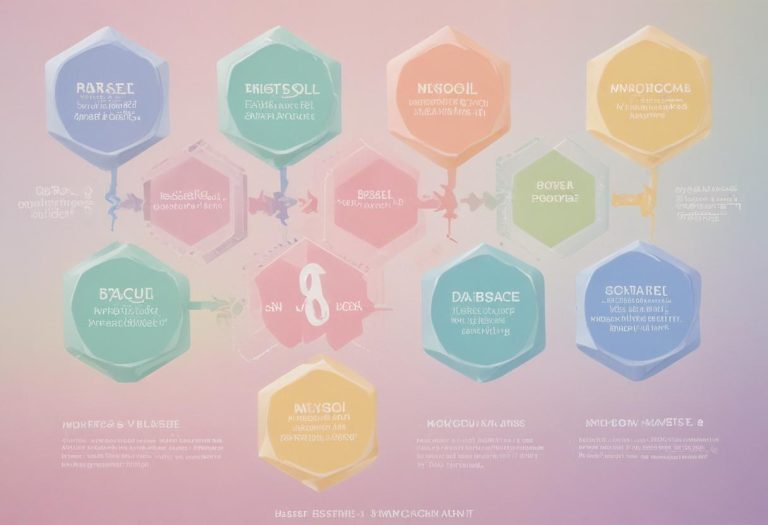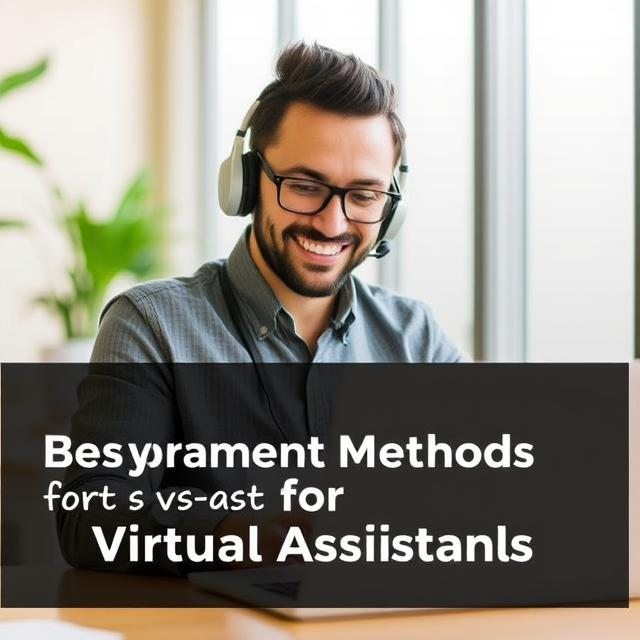The choice between freelancing and full-time virtual assistance depends on your personal goals, work preferences, and the lifestyle you’re aiming for. Both options have their pros and cons, and what works best for you will depend on what you value most in terms of flexibility, stability, income potential, and job satisfaction. Here’s a breakdown of both to help you make a well-informed decision:
Freelancing Virtual Assistance
Freelancing involves working independently with multiple clients, typically on a contract or project basis. Freelance VAs often manage their own schedules and choose the types of clients and projects they want to work on.
Pros of Freelancing Virtual Assistance:
- Flexibility:
- You can set your own hours and work from anywhere, giving you a high degree of flexibility.
- Freelancing allows you to determine your workload. If you want to work part-time, full-time, or even take time off, the choice is yours.
- Variety of Clients and Projects:
- Working with different clients means you’ll have exposure to various industries and tasks. This can keep the work interesting and allow you to build a diverse skill set.
- You can diversify your services or specialize in a particular niche that excites you, like social media management, content creation, or project management.
- Higher Earning Potential:
- Freelancers have the ability to set their own rates, and in many cases, you can charge more than salaried VAs due to your specialized expertise or niche services.
- You have the freedom to work with as many clients as you like, potentially earning more than a full-time employee.
- Control Over Workload:
- You can accept or decline projects based on your availability and interest. If you want to take on more work, you can; if you need time off, you can schedule it.
- Entrepreneurial Growth:
- Freelancing allows you to grow your own business. You’ll learn valuable skills like marketing, client management, and accounting, which can be personally rewarding.
Cons of Freelancing Virtual Assistance:
- Income Inconsistency:
- Your income may fluctuate depending on client demand, the number of clients you have, and the type of projects you take on. Some months may be financially leaner than others.
- If you’re not actively looking for clients or building your reputation, you could experience gaps in work.
- Lack of Benefits:
- Freelancers do not typically receive benefits like health insurance, paid time off, or retirement plans. You will need to handle your own taxes and business expenses.
- You are responsible for your own financial planning, including setting aside money for taxes and saving for retirement.
- Client Management and Administrative Tasks:
- As a freelancer, you’ll have to manage multiple clients, their expectations, and your workload, which can be time-consuming. You’ll also need to handle the marketing and financial side of your business.
- Invoicing, contract negotiation, and maintaining a steady stream of work require a lot of administrative effort.
- Isolation:
- Freelancers often work alone, which can lead to feelings of isolation. There’s no team or regular face-to-face interaction unless you actively seek networking opportunities or virtual communities.
Full-Time Virtual Assistance
Full-time virtual assistants typically work for one company or client, providing consistent, ongoing support. They usually have set working hours and receive a regular salary, benefits, and more stability.
Pros of Full-Time Virtual Assistance:
- Stable Income:
- Full-time VAs typically earn a fixed monthly salary or hourly wage, which provides a stable income. This can give you more financial security and peace of mind, especially if you have long-term financial goals or obligations.
- Benefits:
- Some companies offer health insurance, paid time off, retirement contributions, and other benefits that freelancers don’t typically receive. This can be a huge advantage if you need these types of benefits.
- Less Administrative Work:
- As a full-time VA, you won’t have to worry about marketing your services, finding clients, invoicing, or managing business finances. The company you work for handles all of that.
- You can focus purely on your tasks and provide high-level administrative support without the distractions of running a business.
- Team Environment:
- You’ll have the opportunity to work closely with a team, which can be motivating and provide a sense of connection. There’s also the potential for career growth, collaboration, and professional development within the company.
- More Predictable Schedule:
- A full-time job typically comes with a set schedule, which can be a benefit for those who prefer structure and consistency. You know when you’ll be working and can plan your life around that schedule.
Cons of Full-Time Virtual Assistance:
- Limited Flexibility:
- Full-time VAs usually have set working hours, which may be less flexible than freelancing. You may need to work within the company’s hours, limiting your ability to adjust your schedule as you see fit.
- You may also be required to work specific hours or be on-call, especially if you’re providing customer service or other time-sensitive support.
- Lower Earning Potential:
- While you’ll have a steady income, your earning potential might be capped. As a salaried employee, you’re paid a fixed rate that might not reflect your skillset or the level of work you’re providing.
- You’re also unlikely to get paid for extra hours worked unless it’s part of your official job duties.
- Fewer Varied Experiences:
- Working full-time for one client or company can lead to a more monotonous workday. You’re likely to be assigned similar tasks day after day, which can be less fulfilling for those who enjoy variety or the opportunity to learn new skills from different industries.
- Less Control:
- You have less autonomy in how and when you work. Your employer will dictate the work schedule, the tasks you perform, and the way you do your job. There’s also less opportunity to make independent decisions about the direction of your career or services.
- Possible Burnout:
- Full-time VAs working for a single employer may face the risk of burnout due to heavy workload, routine tasks, and less ability to take breaks compared to freelancers who can adjust their hours.
Which is Better for You?
Choosing between freelancing and full-time virtual assistance depends on your preferences, financial needs, and career goals.
- Freelancing is better if:
- You value flexibility and independence.
- You want to choose the projects and clients you work with.
- You’re comfortable managing your own business, finances, and client relations.
- You enjoy variety in your work and are motivated to build and grow your own business.
- Full-Time Virtual Assistance is better if:
- You prefer job stability and a predictable income.
- You want benefits like health insurance, paid time off, and retirement plans.
- You like working as part of a team and prefer not to manage the business side of things.
- You’re looking for a more structured schedule with fewer responsibilities outside of your day-to-day tasks.






